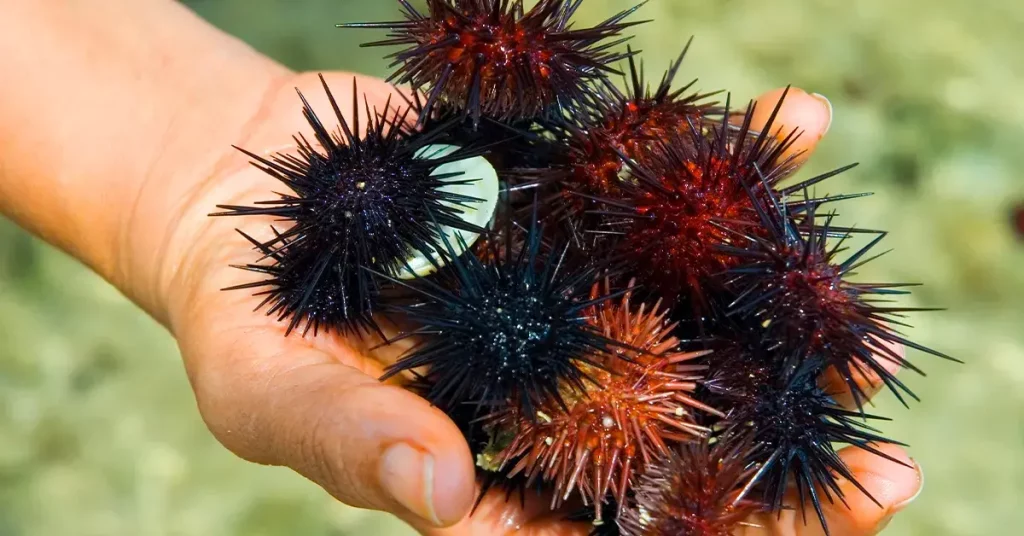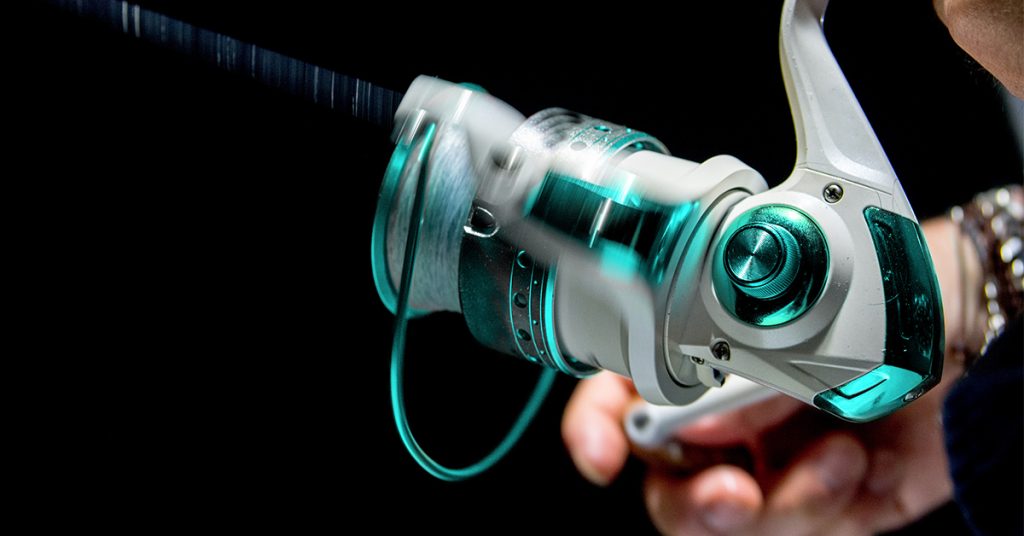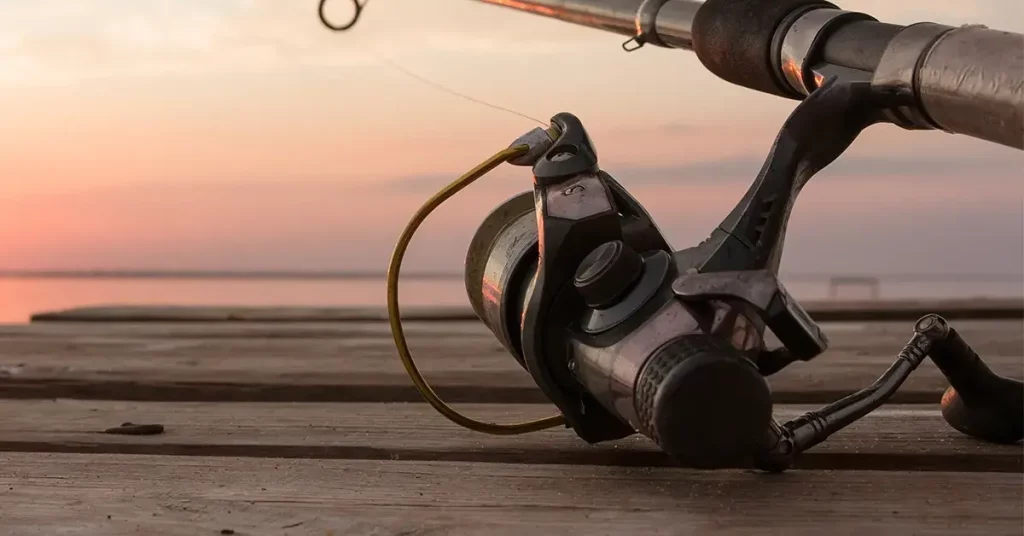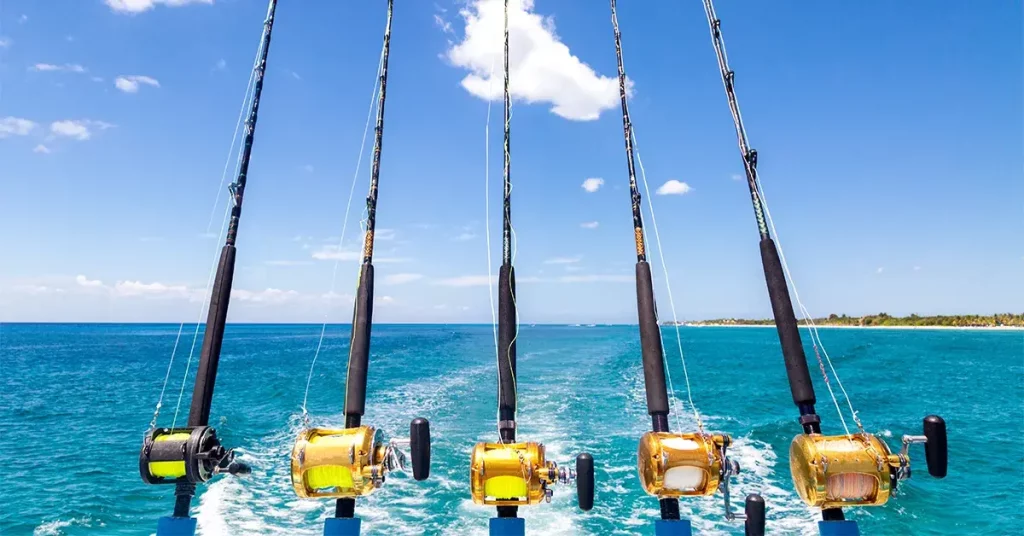There’s something almost magical about harvesting sea urchin. Those odd-looking spiny creatures slowly moving over rocks and coral may look otherworldly, but they contain some of the most highly prized seafood on the planet – Uni!
Seas urchin (or Uni as they’re called in Japanese) are spiny round creatures that feed primarily on algae, kelp and other sea vegetation. The edible portion of the urchin are actually their gonads – but don’t let that turn you off from trying them.
If you’ve never tasted sea urchin before, you’re in for an absolute treat. The taste is unique and unlike any other seafood on the planet. It’s rich, buttery, and sometimes described as the foie gras or egg yolk of the sea.
While you might not realize it, sea urchins are actually fairly easy for anyone with a mask, snorkel and fins to harvest. Let’s take a look at this magnificent creature in greater detail, so you’ll be able to score a plate full of uni on the cheap.
Sea Urchin Description
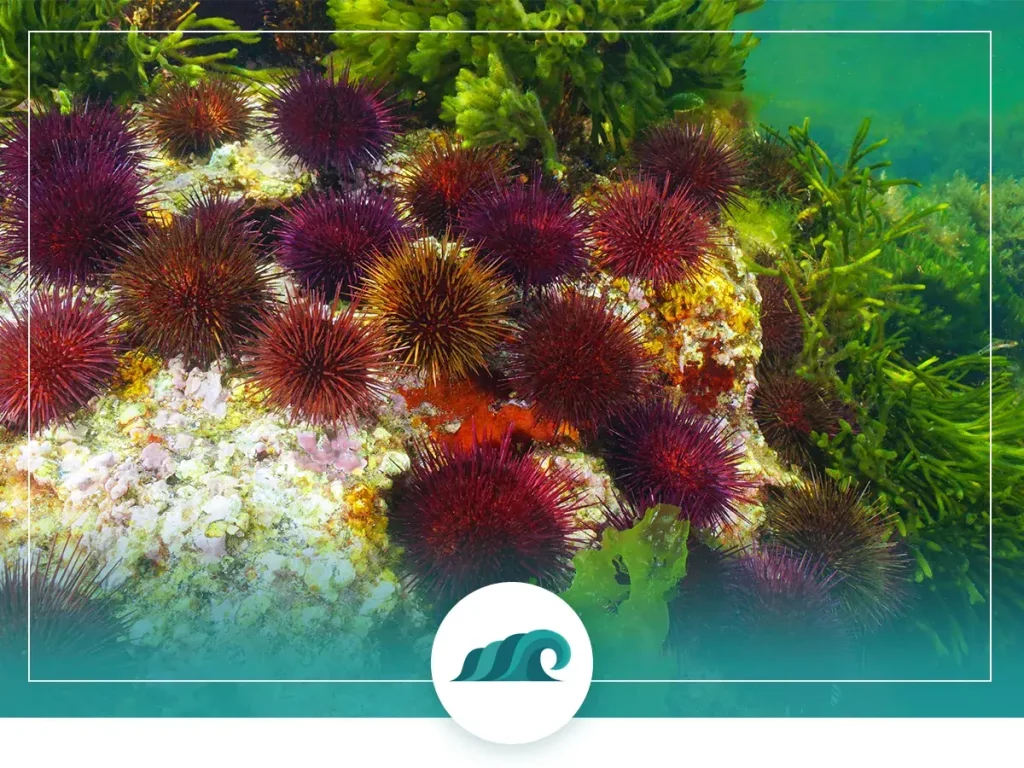
Sea urchin are round spiny echinoderms with hard shells and small tube feet that they use to slowly propel themselves along the sea floor. The name ‘urchin’ is an old-world word for hedgehog, due to their prominent spiny appearance. They’re widely distributed across different climates and depths around the globe, and are closely related to sea cucumbers, sea stars, and sand dollars.
Their spherical shells are made up of plates and movable spines that protect them from predators like sea otters, starfish, and eels. Several tropical species have venomous spines, although most don’t.
While they don’t appear to be mobile at first glance, they can actually point their spines in any direction using ball-and-socket joints. They can also use their adhesive tube feet to move freely over hard surfaces.
When it comes to urchin as food, the roe or coral are considered delicacies in many parts of the world. There are over 900 different urchin species, of which only 18 are edible, so make sure to check with the local wildlife enforcement.
Five strips or ‘tongues’ of uni can be found within the urchins shell, which are usually yellowish-orange in color. Uni is almost always sold fresh and harvested by hand, which means it commands premium prices in restaurants and fish markets.
Their taste is somewhat delicate, and pairs well with pastas, omelets, sauces, or eaten raw as sushi or sashimi.
How to Harvest Sea Urchin?
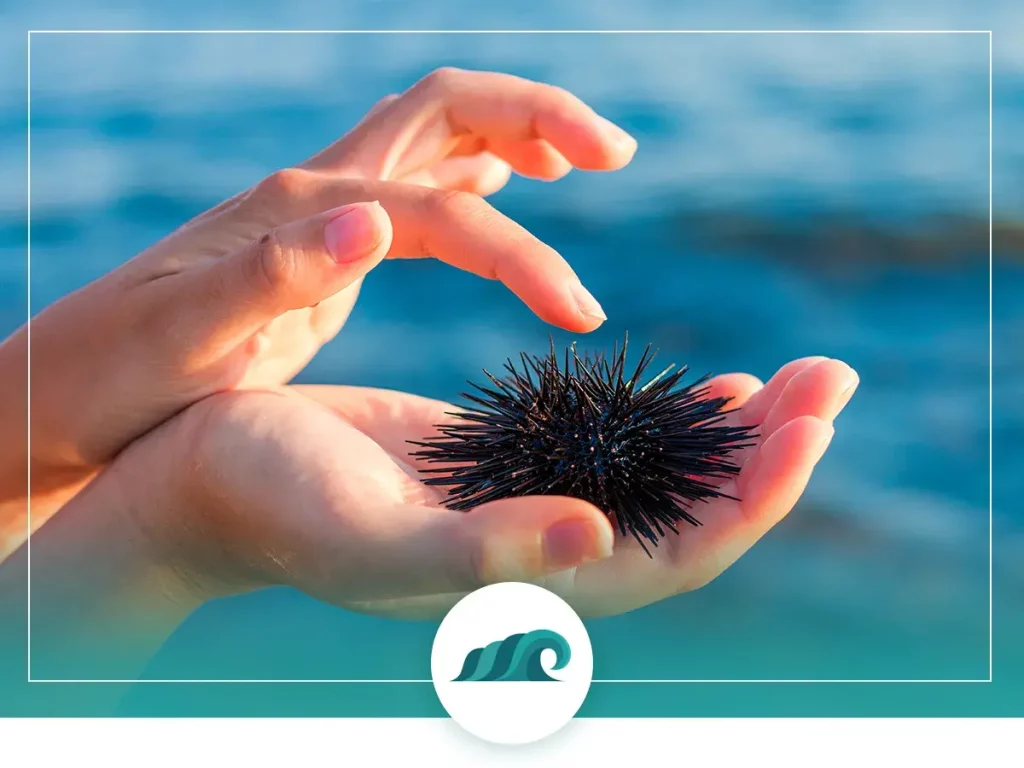
Harvesting sea urchin is fairly straightforward – all you really need is a mask, snorkel, fins and some sort of mesh bag or bucket to hold your catch. Look for rocky, hard surfaces, as they tend to prefer these to soft bottomed surfaces. Also keep an eye out for kelp beds, as these are one of the urchin’s favorite foods.
The green sea urchin is harvested primarily on the East Coast of North America, while red, purple, and green sea urchin can be found all along the Pacific Coast.
They’re often found in intertidal zones less than 15 feet deep, so you won’t need to dive that deep to locate them. Their spiny exteriors can prick you if you’re not careful, so make sure to bring a pair of thick gloves to protect your skin. A sharp dive knife can also help you pry any stubborn urchins from their perch.
As they’re not filter feeders, you don’t need to worry about red tide, but be sure to check your local fisheries department to make sure there are no water quality warnings. Make sure to pay attention to your local rules and regulations for urchin harvesting. Some locales have a catch limit and require a license for uni harvesting, while others allow you to collect as much as you like.
Gear Needed
As mentioned previously, harvesting sea urchin requires minimal gear, which makes them great for kids and first-timers.
After you’ve harvested your fill, you’ll need to crack them open and prepare them for cooking (or scooping out raw). You can use a regular old pair of scissors or knife to do this, but you’ll run the risk of messing up the shell. If you want a perfectly cut urchin every time, there’s actually a specialized urchin cutting tool that will give you two perfectly cut urchin halves every time.
How to Prepare Sea Urchin?
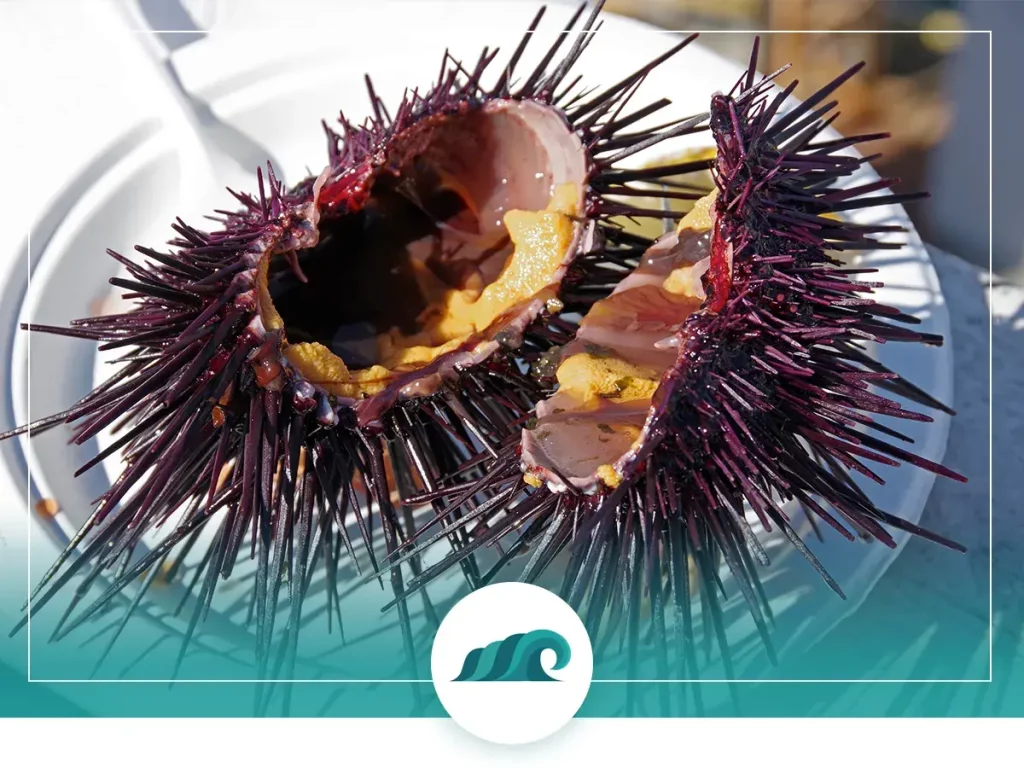
Now that you know a little bit about sea urchin harvesting, you’ll need to know how to prepare these rare delicacies.
The first step after you’ve caught your urchin is cleaning them. Use your knife or urchin cutting tool to crack open the shell, and then gently rinse the shell interior of guts – until just the roe remains. At this point, you can use a spoon to scoop the edible portion from the shell, or you can keep it inside the shell for a rustic presentation.
How to Eat Uni?
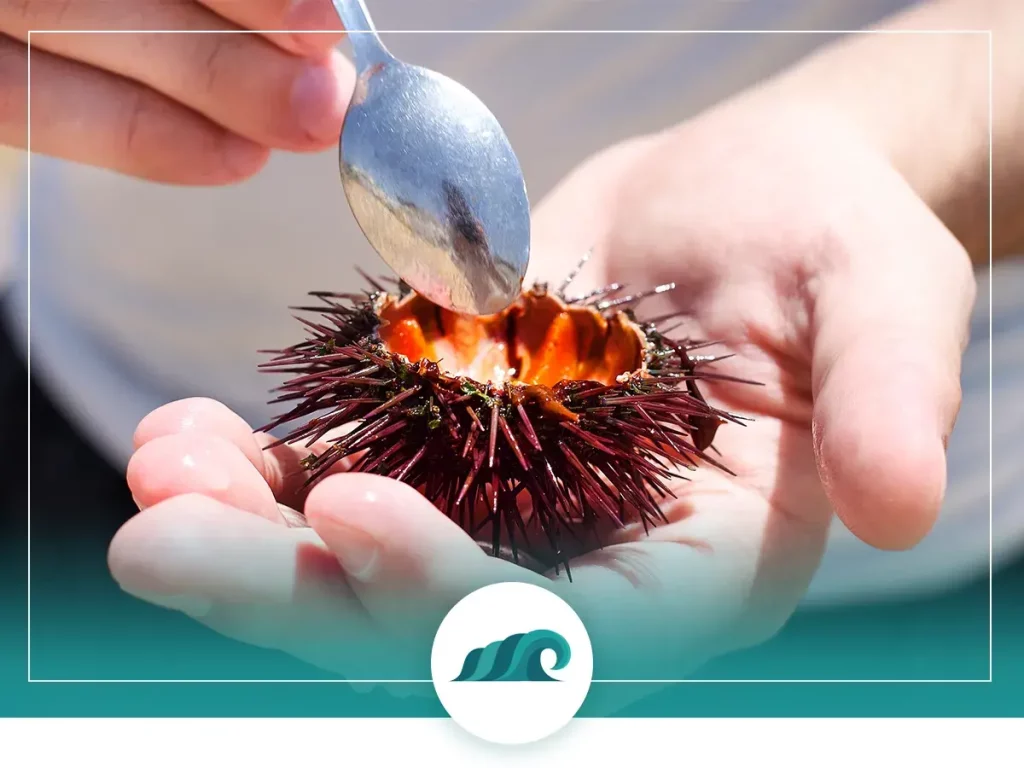
Once your uni is cracked open and cleaned, you can suck down like an oyster, or use it in a wide variety of dishes. Urchin is popular around the globe, and features prominently in Japanese, Italian, and other Mediterranean cuisines. It also played a part in many native communities’ diets around the globe.
In Japanese cuisine, its often served raw over sushi rice, or by itself with soy sauce and wasabi. In Italian cooking it’s served raw with lemon, or on top of a simple crostini or pasta.
Uni Recipe
While there are many ways to enjoy uni, a simple pasta is one of the best ways to maximize the creamy, briny flavors of the sea.
Sea Urchin Spaghetti
Ingredients
- 3 to 4 ounces of fresh sea urchin
- 8 ounces dried spaghetti, spaghettini, or bucatini
- 4 cloves garlic, minced
- Sea salt and fresh cracked pepper
- 1 small shallot, minced
- ½ teaspoon red chili flakes
- 3 tablespoons extra virgin olive oil
- Handful of chives, finely chopped
Directions:
- Bring a medium pot of salted water to boil, then add pasta. Stir often.
- In a large frying pan, heat olive oil over medium-low heat. Add garlic and shallots, and stir constantly until soft but not browned. Add red chili flakes and cook on low for another 2 minutes.
- When pasta is finished cooking, drain and set aside 1 cup of pasta water.
- Turn your frying pan down to low, and add ¾ of sea urchin with pinch of salt and splash of pasta water. Slowly stir as the urchin melts into a creamy sauce. Add your cooked pasta and stir until coated thoroughly.
- Top with your remaining urchin, chopped chives, and freshly cracked pepper. Serve and enjoy!

